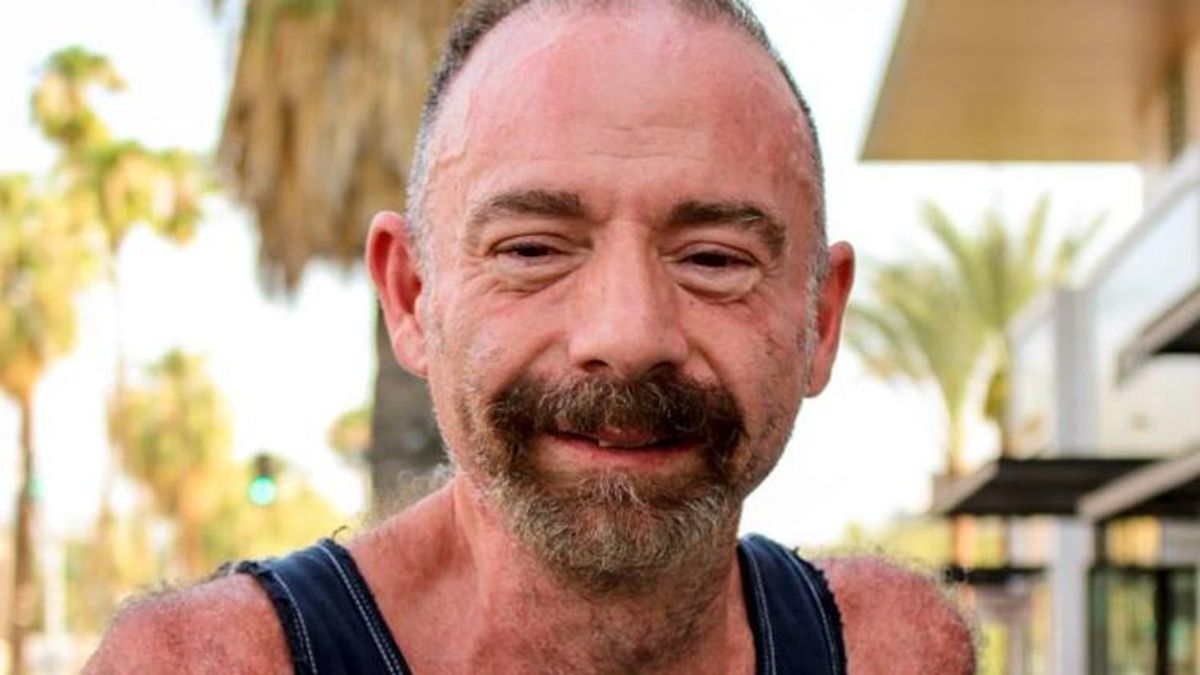All Rights reserved
By continuing to use our site, you agree to our Private Policy and Terms of Use.
Timothy Ray Brown, also known as “the Berlin Patient,” passed away Tuesday at the age of 54 after a recurrence of leukemia. His death was unrelated to HIV, which doctors say he effectively shed from his body about a dozen years ago — the first person to achieve a "functional cure." Brown was living with his partner Tim Hoeffgen in Palm Springs, Calif., at the time of his death.
Brown was in Berlin in 1995 when he was first diagnosed with HIV. Eleven years later, he was undergoing treatment there related to his HIV when he was also diagnosed with acute myeloid leukemia, requiring two bone marrow transplants. His doctor, Gero Hütter, MD, used stem cells from a donor with the rare CCR5-delta32 genetic mutation that blocks HIV from entering cells.
After the intense cancer treatment which nearly took his life and left him with lasting complications, Brown was also left with a new immune system resistant to the virus. After the transplant led to sustained HIV remission, Brown’s case was shared with the 2008 Conference on Retroviruses and Opportunistic Infections and written about in journals. The story received widespread attention in 2011 when Brown went public with his identity as “The Berlin Patent” on the cover of Poz magazine.
While bone marrow transplants are too dangerous and difficult to be used on patients who don’t immediately need them, the case proves that HIV can be cured, and gave doctors unprecedented direction in what avenues to explore for potential cures.
Since then, the famously shy Brown worked nonstop with scientists, doctors and researchers to learn more about a potential widespread cure. He even got a chance to speak with another person cured of HIV, Adam Castillejo, who underwent a similar bone marrow transplant with the CCR5 mutation.
President of the International AIDS Society Adeeba Kamarulzaman expressed deep gratitude for Brown’s life and said that “we owe Timothy and his doctor, Gero Hütter, a great deal of gratitude for opening the door for scientists to explore the concept that a cure for HIV is possible.”
Professor Sharon Lewin, President-Elect of the IAS added that “Timothy was a champion and advocate for keeping an HIV cure on the political and scientific agenda. It is the hope of the scientific community that one day we can honour his legacy with a safe, cost-effective and widely accessible strategy to achieve HIV remission and cure using gene editing or techniques that boost immune control.”
In an interview with Mark S. King recently featured on Plus, Hoeffgen said that Brown was aware he was near the end of his life and had a message for people when his time did come. “‘Tell people to keep fighting,’” he said Brown told him, “‘fight for a cure for HIV that works for everyone. I never wanted to be the only one.’” Brown even jumped on the phone for a moment, saying, “I’m going to keep fighting, until I just can not fight anymore.”












































































